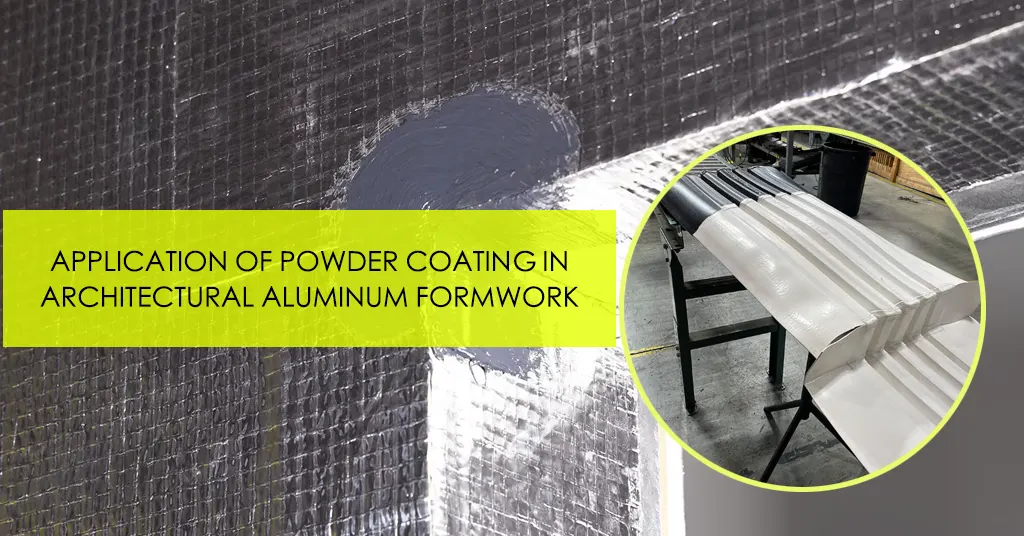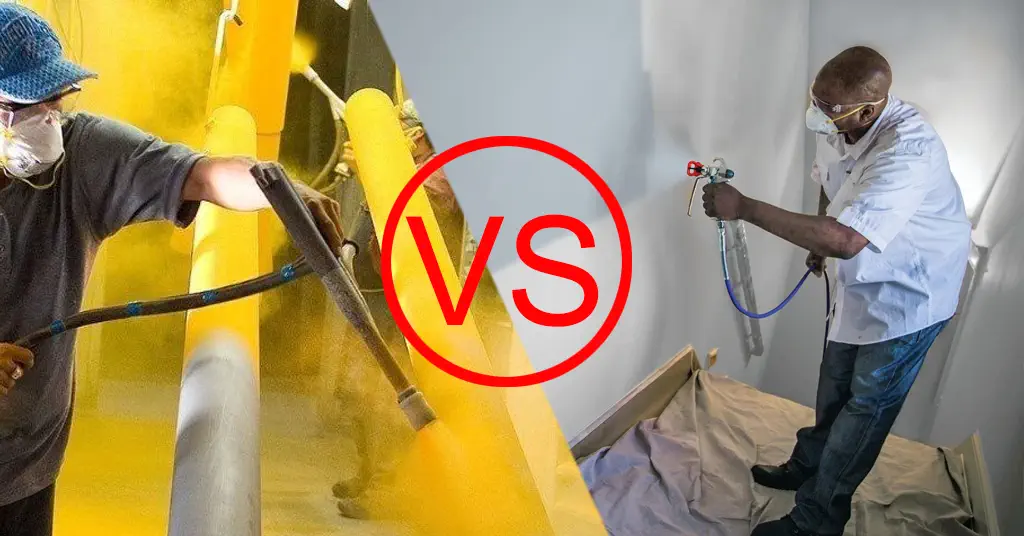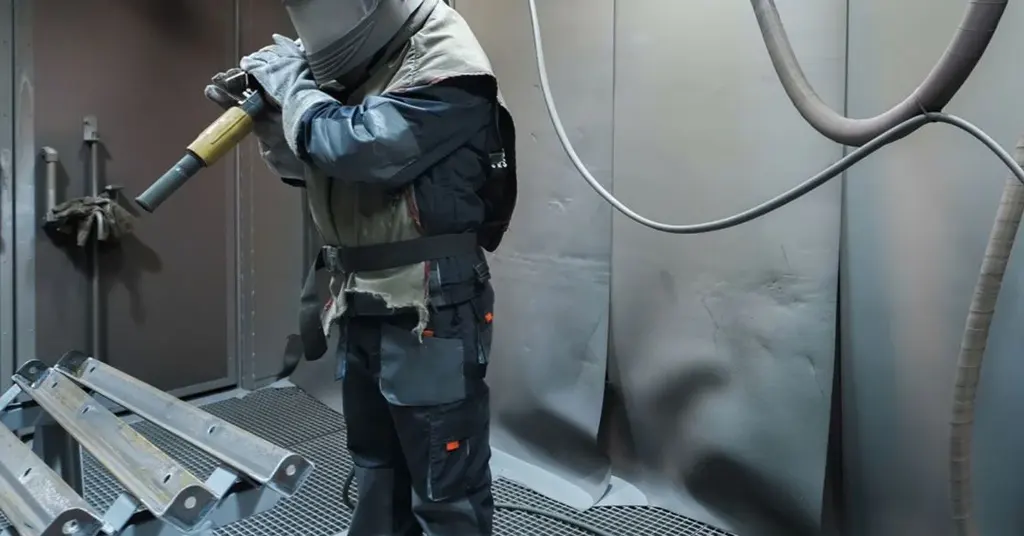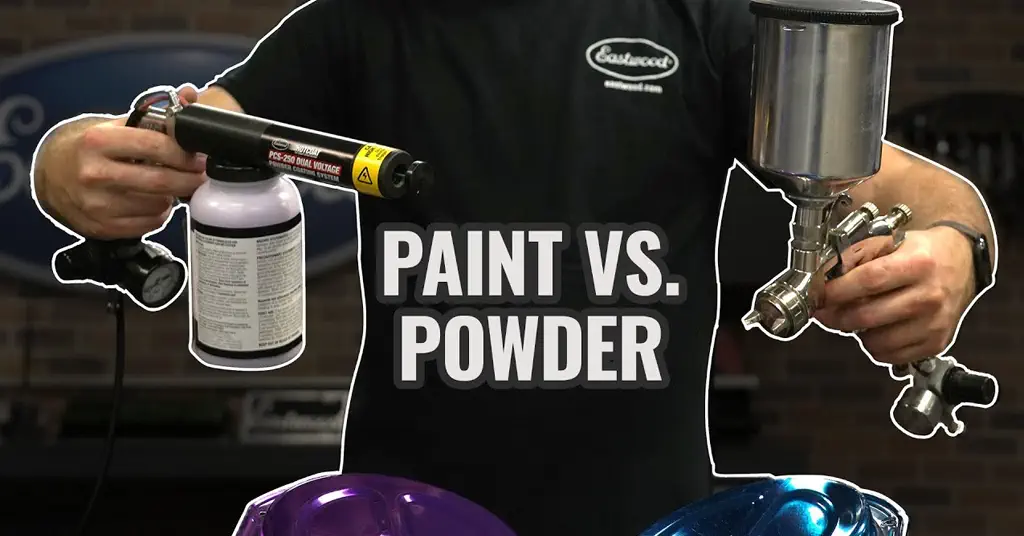How Does Epoxy Powder's Flame Retardancy Impact Electrical Safety?
Electrical components like transformers, busbars, and control cables operate in high-risk environments where insulation failures can lead to arcing, short circuits, or fires. Epoxy powder coatings, prized for their high dielectric strength and durability, often incorporate flame-retardant properties to enhance safety. This article explores how the flame retardancy of epoxy powder coatings impacts electrical safety, their benefits, limitations, and best practices for application. Written for engineers, manufacturers, and safety professionals, this guide provides clear, actionable insights to mitigate fire risks in electrical systems.

What Is Flame Retardancy in Epoxy Powder Coatings?
Flame retardancy refers to a material’s ability to resist ignition, slow flame spread, or self-extinguish when exposed to fire. In epoxy powder coatings, flame-retardant additives (e.g., halogen-free phosphorous compounds or metal hydroxides) achieve standards like UL 94 V-0, ensuring minimal flammability. These coatings are critical for electrical components, where insulation failures can ignite surrounding materials, especially in industrial settings, data centers, or electric vehicles (EVs). Flame-retardant epoxies enhance safety by:
- Preventing fire initiation from electrical faults.
- Limiting flame propagation to contain potential fires.
- Reducing smoke and toxic gas emissions during combustion.
How Flame Retardancy Impacts Electrical Safety
1. Preventing Fire from Electrical Faults
Electrical faults, such as arcing or short circuits, can generate sparks or heat exceeding 1,000°C, igniting nearby materials. Flame-retardant epoxy coatings:
- Resist ignition, even under high-voltage arcing (e.g., 10–38 kV in transformers).
- Self-extinguish rapidly, preventing sustained combustion.
- Maintain dielectric strength (10–50 kV/mm) to minimize fault escalation.
2. Containing Fire Spread
In industrial environments with flammable materials (e.g., oils, plastics), flame-retardant epoxies limit fire propagation:
- Form a char layer during combustion, acting as a thermal barrier to protect substrates.
- Reduce flame spread rate, giving fire suppression systems time to activate.
- Protect critical components like control cables or EV battery packs, preventing catastrophic system failures.
3. Reducing Smoke and Toxic Emissions
Fires in enclosed spaces like electrical cabinets or EV compartments pose risks from smoke and toxic gases. Flame-retardant epoxies:
- Use halogen-free additives to minimize toxic fumes (e.g., hydrogen chloride).
- Produce low smoke density, improving visibility for evacuation and firefighting.
- Comply with standards like IEC 60695 for low smoke and toxicity.
4. Enhancing System Reliability
By preventing fires and limiting damage, flame-retardant epoxies improve the reliability of electrical systems:
- Protect insulation integrity under thermal stress, reducing downtime from fault-induced fires.
- Extend component lifespan in high-risk environments like chemical plants or offshore platforms.
- Ensure compliance with safety regulations (e.g., UL 94, NEC), avoiding legal or financial penalties.
5. Supporting High-Voltage Safety
In high-voltage applications (>1 kV), flame-retardant epoxies maintain insulation under extreme conditions:
- Prevent arcing-induced fires in transformers or switchgear.
- Resist thermal degradation at operating temperatures up to 155°C (Class F), ensuring dielectric performance.
- Provide a robust barrier against environmental hazards like moisture or chemicals, which could exacerbate fire risks.
Applications Benefiting from Flame-Retardant Epoxy Coatings
Flame-retardant epoxy coatings enhance safety in:
- Transformers: Insulate windings to prevent arcing fires at 10–38 kV.
- Control Cables: Protect signal and power cables in automation systems from short-circuit fires.
- EV Battery Packs: Insulate busbars and enclosures to mitigate fire risks during thermal runaway (400–800V).
- Switchgear and Busbars: Ensure fire safety in power distribution systems under high-voltage stress.
- Data Centers: Safeguard electrical infrastructure against fire-induced outages.
Benefits of Flame-Retardant Epoxy Coatings
- Improved Fire Safety: UL 94 V-0 coatings prevent ignition and limit flame spread, protecting workers and equipment
- High Dielectric Strength: Maintains insulation (10–50 kV/mm) to prevent electrical faults that trigger fires.
- Low Smoke and Toxicity: Halogen-free formulations enhance safety in enclosed spaces.
- Environmental Resistance: Shields components from moisture, chemicals, and abrasion, reducing fire-prone conditions.
- Durability: Resists thermal cycling and mechanical stress, ensuring long-term safety.
- Eco-Friendly: Solvent-free powders reduce VOC emissions, supporting sustainable manufacturing.
How to Optimize Flame-Retardant Epoxy Coatings for Electrical Safety
1. Select Flame-Retardant Formulations
- Choose coatings with UL 94 V-0 or IEC 60695 certification (e.g., SolEpoxy DK15-0907).
- Opt for halogen-free additives to minimize toxic emissions in fire scenarios.
- Ensure high dielectric strength (e.g., 25–35 kV/mm) for voltage-specific applications.
2. Apply Optimal Coating Thickness
- Use 100–300 µm for low-voltage components (e.g., control cables) to balance fire resistance and flexibility.
- Apply 500–1,500 µm for high-voltage components (e.g., busbars) to ensure sufficient dielectric and fire protection.
- Verify uniformity with thickness gauges to prevent weak spots.
3. Enhance Surface Preparation
- Cleaning: Remove oils, oxides, or dust with chemical degreasers or solvents.
- Abrasive Blasting: Achieve 2–4 µm Ra roughness on metal substrates for strong adhesion.
- Primers: Apply flame-retardant primers on copper or aluminum to enhance bonding and corrosion resistance.
4. Refine Application Techniques
- Electrostatic Spraying: Ideal for thin coatings (100–500 µm) on cables or connectors, ensuring uniform coverage.
- Fluidized Bed Dipping: Suitable for thicker coatings (500–1,500 µm) on busbars, requiring preheating to 200–220°C
- Controlled Environment: Apply in cleanrooms with <50% RH to avoid moisture or dust entrapment.
5. Optimize Curing Process
- Cure at 150–180°C for 10–20 minutes to form a dense, flame-retardant coating.
- Avoid over-curing (>200°C), which can reduce flexibility and fire resistance.
- Verify curing with dielectric strength tests (e.g., IEC 60243) and flame tests (e.g., UL 94).
6. Test and Validate Fire Safety
- Conduct UL 94 V-0 or IEC 60695 flame tests to confirm fire resistance.
- Perform dielectric strength tests using testers like Megger MIT525 to ensure insulation performance.
- Run accelerated aging tests (e.g., 85°C/85% RH per IEC 60068) to simulate environmental stress.
- Measure smoke density and toxicity per ASTM E662 and BSS 7239 standards.
Comparison with Other Insulation Materials
| Material | Flame Retardancy | Dielectric Strength | Key Advantages | Key Limitations |
|---|---|---|---|---|
| Epoxy Powder Coating | High (UL 94 V-0) | 10–50 kV/mm | Durable, low smoke, cost-effective | Limited to 200°C, application precision |
| Silicone Coating | High | 5–20 kV/mm | High temp (550°C), flexible | Lower dielectric strength, higher cost |
| PVC Insulation | Moderate | 5–15 kV/mm | Flexible, low-cost | High smoke/toxicity, poor durability |
| Polyurethane Coating | Moderate | 5–15 kV/mm | Flexible, good adhesion | Limited fire resistance, less durable |
Top Flame-Retardant Epoxy Powder Manufacturers
| Manufacturer | Product Line | Dielectric Strength | Flame Retardancy Features | Key Applications |
|---|---|---|---|---|
| SolEpoxy | DK15–0907 | 30 kV/mm | UL 94 V-0, halogen-free | Busbars, EV batteries |
| PPG Coatings | Corvel Series | 25–35 kV/mm | Low smoke, self-extinguishing | Transformers, cables |
| CAPLINQ | Hysol DK Series | 20–35 kV/mm | RoHS-compliant, low toxicity | Switchgear, PCBs |
| ThreeBond | TB Series | 15–30 kV/mm | Flexible, flame-resistant | Automotive controls |
FAQ: Flame-Retardant Epoxy Coatings
No, only formulations with specific additives meet UL 94 V-0 or similar standards.
They reduce fire risks from arcing or thermal runaway in battery packs, enhancing passenger safety.
Yes, with dielectric strengths of 10–50 kV/mm, they’re suitable for low- to high-voltage systems.
Yes, they produce less toxic smoke, improving safety in enclosed spaces.
Conclusion
The flame retardancy of epoxy powder coatings significantly enhances electrical safety by preventing fire initiation, containing flame spread, and reducing smoke and toxic emissions. With high dielectric strength, environmental resistance, and compliance with standards like UL 94 V-0, these coatings protect critical components like transformers, cables, and EV battery packs. By selecting flame-retardant formulations, optimizing application, and testing performance, manufacturers can mitigate fire risks and ensure system reliability.
Have Anything To Ask Us?





